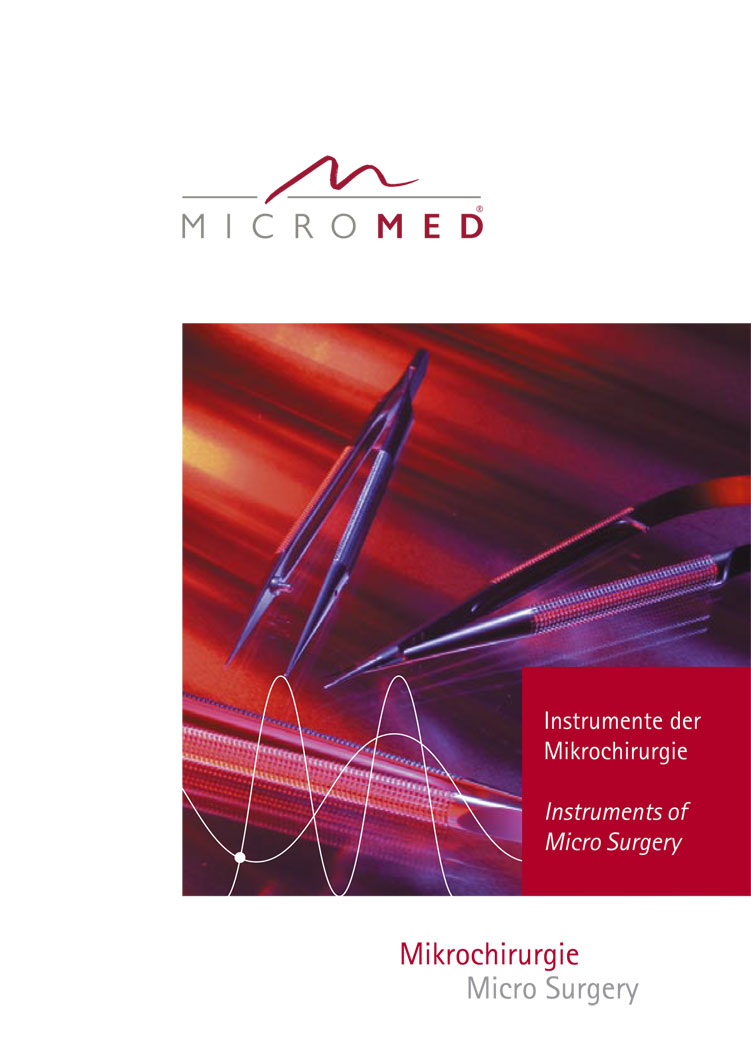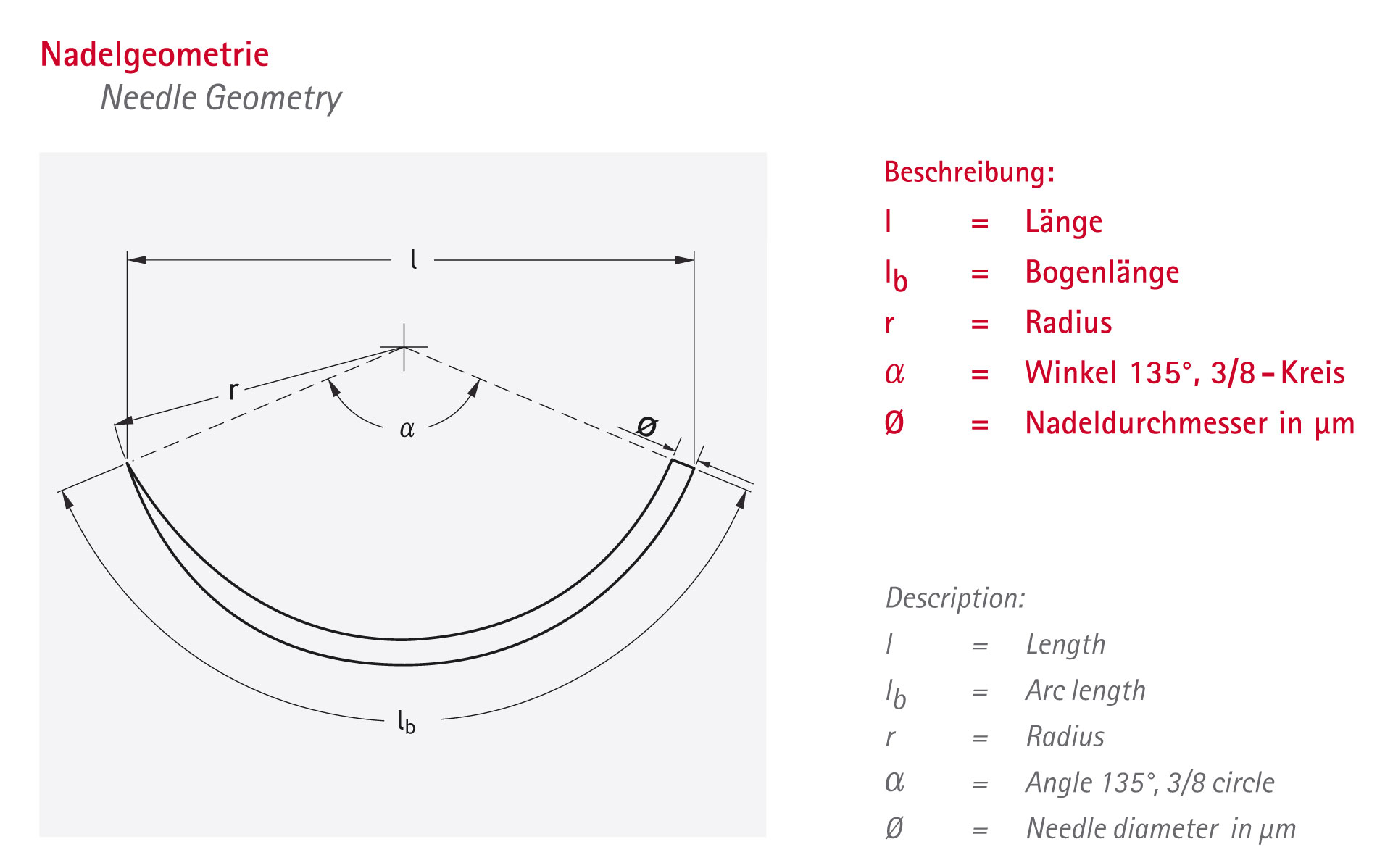Eisenbahnstr. 84
D-78573 Wurmlingen
T: +49 7461 9648550
F: +49 7461 96485595
info@micromed.com
www.micromed.com
Surgical suture material - Micro suture material
|
With the infroduction of carbolic catgut according to Lister in 1860 came the first "real" suture material for surgery. In 1906 the first real sterile catgut was invented and as of 1909 it was manufactured on an industrial level. Yet another 22 years later, in 1931, the first synthetic, absorbable material was developed. At the beginning of suture production, the first manufactured thread was given the description "1", later developed thicker materials were given ascending marking numbers. This became difficult when thinner threads were being manufactured. The first thin threads were marked with "0", thereafter with 2/0, 3/0, 4/0 etc. Today, the thread size is specified by the European pharmacopoeia. High X/0 values (e.g. 7/0 - 10/0) designate especially thin threads.
USP: United States Pharmacopoeia
There is a distinction between non-absorbable threads (metal, silk, cotton, synthetic materials) and absorbable suture material (poly glycolic acid PGA). The resorption time is the time in which a material has lost 50% of its consistency. The resorption time corresponds with the absorbtion time, but is not to be confused with dissolution time, which means the complete disappearance of the suture material. However, the information about resorption, dissolution and disappearance are only approximate values, as there are other important factors to be considered for dissolution. It also depends on the nature of tissue, in which the suture is placed. In brady trophic tissue the dissolution process is slower, whereas in inflamed tissue the resorption is faster.
Thread materials: Monofile threads are made by melt-spinning process (extrusion). The smooth, closed surface of these threads prevent a wick effect and provide excellent sliding through tissue.
Online-Shop |


